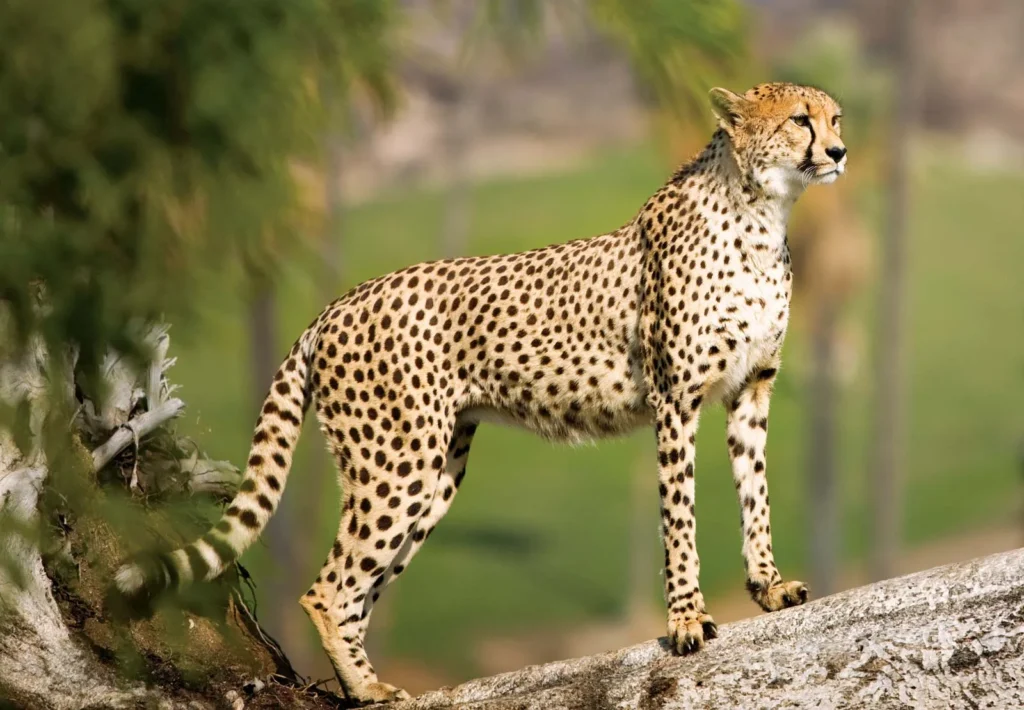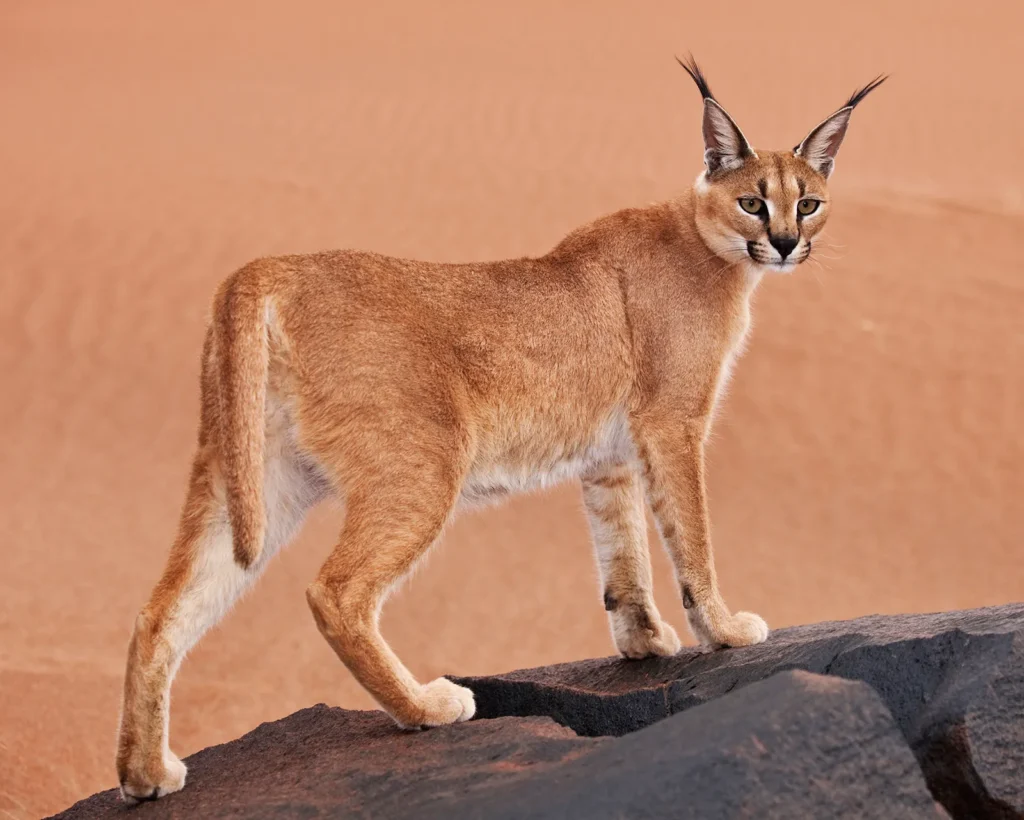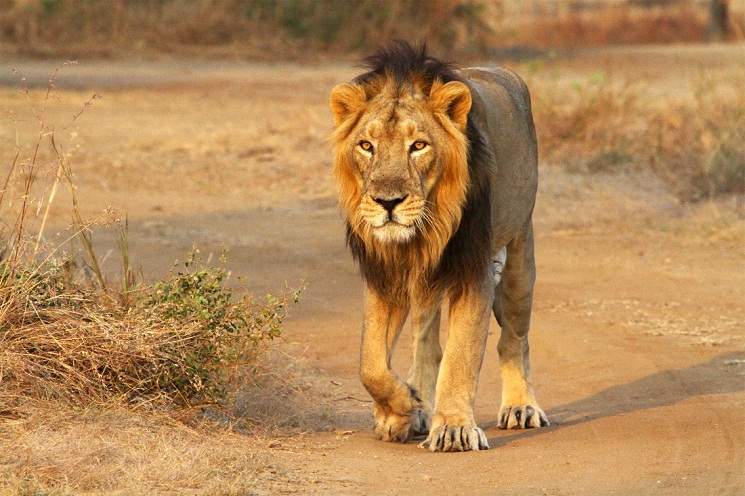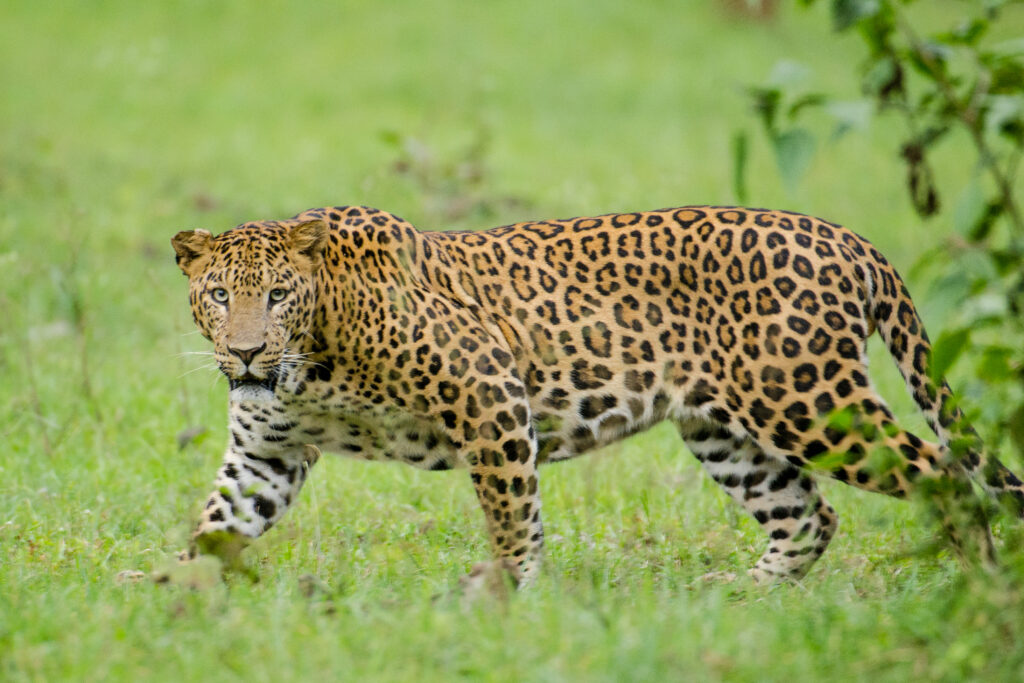India’s Big 7: Know Where to Spot These Big Cats in India

India’s Big 7: Know Where to Spot These Big Cats in India
Fauna enthusiast? We have you covered. Here is where you should go to find these big cats in India.
8th June 2024
India is home to a plethora of biodiversity, some would argue that the feline family is one of the most majestic species to exist, here are the big 7 of India with their respective habitats:

- The bengal tiger: Symbolizing the diversity of wildlife in India, the Bengal tiger is the largest of its kind and can be found roaming India’s forests. The average male reaches as high as 3.1 meters and weighs 260 kg. They blend in better thanks to their distinctive orange fur with black stripes. Being carnivores, they prey buffalo, deer, and boar as their primary food source. Their hunting skills are bound to be one of a kind, as they are solitary and nocturnal hunters. They have the ability to adapt, but habitat loss and poaching have put them in danger. They are the ultimate target of conservation efforts. They are easily spotted in the national parks of Jim Corbett, Ranthambore, Bandhavgarh, and Kanha, where ethical tourism promotes conservation. Patience and consideration for their natural environment are necessary when encountering these magnificent creatures.

2. Cheetah: With short bursts of up to 112 km/h, the cheetah is the fastest land animal and is well-known for its speed. The Asiatic cheetah is critically endangered today, with Iran being its last remaining home, despite once being found throughout Asia and Africa. The goal of India, which was once home to cheetahs, was to reintroduce them in appropriate habitats, such as Madhya Pradesh’s Kuno-Palpur Wildlife Sanctuary. These amazing cats have slender bodies, characteristic black “tear” marks, and anatomical features tailored for fast-moving activities. Their declining population shows how urgently conservation efforts are needed to guarantee the survival of this iconic species in the wild.

3. Caracal: The sleek and nimble caracal cat is famous for its incredible jumping prowess, reaching heights of up to three meters to capture soaring birds. In the past, caracals—who are native to Africa, the Middle East, and Central Asia—ran wild in some areas of India. However, because of habitat fragmentation and loss, sightings are uncommon. They can occasionally be seen in Gujarat, Rajasthan, and Madhya Pradesh, as well as other western and central parts of India. These elusive cats are expert hunters who feed on small mammals and birds. They have characteristic tufted ears. In order to protect their remaining populations and habitats, conservation efforts are essential.

4. Snow Leopard: The untamed mountains of Central and South Asia, including the northern parts of India such as Ladakh, Himachal Pradesh, and Uttarakhand, are home to snow leopards, who are adept at living at high altitudes. They live in alpine and subalpine regions, where their thick fur and spotted coat help them blend in with the rocky landscape. They are adapted to extreme cold. They are mainly hunters of small mammals, wild sheep, and goats. They are elusive predators. Despite their reputation for being elusive, they are skilled climbers who can gracefully negotiate sheer cliff faces. These magnificent cats are in danger from poaching and habitat loss, so conservation efforts in protected areas like Ladakh’s Hemis National Park are essential to their survival.

5. Asiatic Lion: Once found all over Asia, the Asiatic lion is now restricted to Gujarat, India’s Gir Forest National Park and its surrounding areas. They have become a symbol of power and nobility over the years. Their smaller mane and genetic variations set them apart from their African counterparts, who have a larger population. These social felines, who hunt deer and buffalo with skill, form prides out of related females and their cubs. Their numbers are still precarious despite conservation efforts, which include relocation to different habitats. Preserving this critically endangered subspecies’ final stronghold in Gir is crucial to their survival.

6. Clouded leopard: The captivating and elusive clouded leopard is a cat species found in Southeast Asia’s dense tropical forests, which include areas of northeastern India’s states like Assam, Arunachal Pradesh, and Meghalaya. One of the best climbers among big cats, it is well-known for the distinctive cloud-like markings on its fur and frequently rests on tree branches. It feeds on a range of animals, such as birds, deer, and monkeys, with its remarkably long canines. Sadly, poaching and habitat loss represent serious threats to its survival. The goal of conservation initiatives in protected areas such as Arunachal Pradesh’s Namdapha National Park is to maintain this fascinating species.

7. Indian Leopard: Indian leopards are a highly adaptive subspecies of the common leopard that can be found all over India in a variety of habitats, including forests, grasslands, and even urban areas. They are well-known for being elusive and having stealthy hunting techniques. They prey on a variety of animals, ranging in size from small rodents to larger ungulates. Their distinctive rosettes adorning their golden-yellow coat serve as an effective form of camouflage. They continue to exist in protected areas like Jim Corbett National Park in Uttarakhand, Ranthambore National Park in Rajasthan, and Nagarhole National Park in Karnataka, despite threats like habitat loss, poaching, and conflicts between humans and wildlife. These areas provide opportunities for wildlife enthusiasts to spot them.








